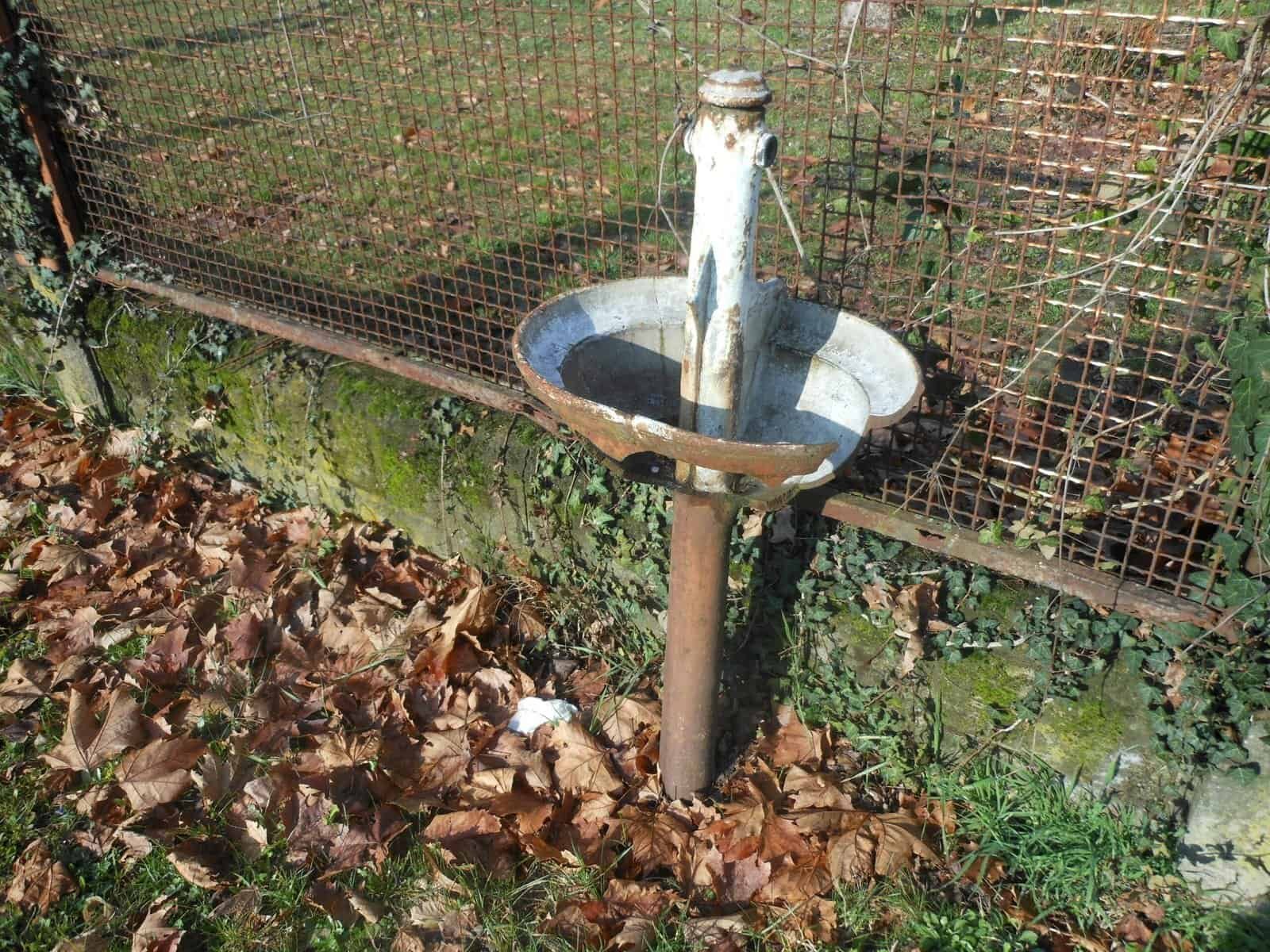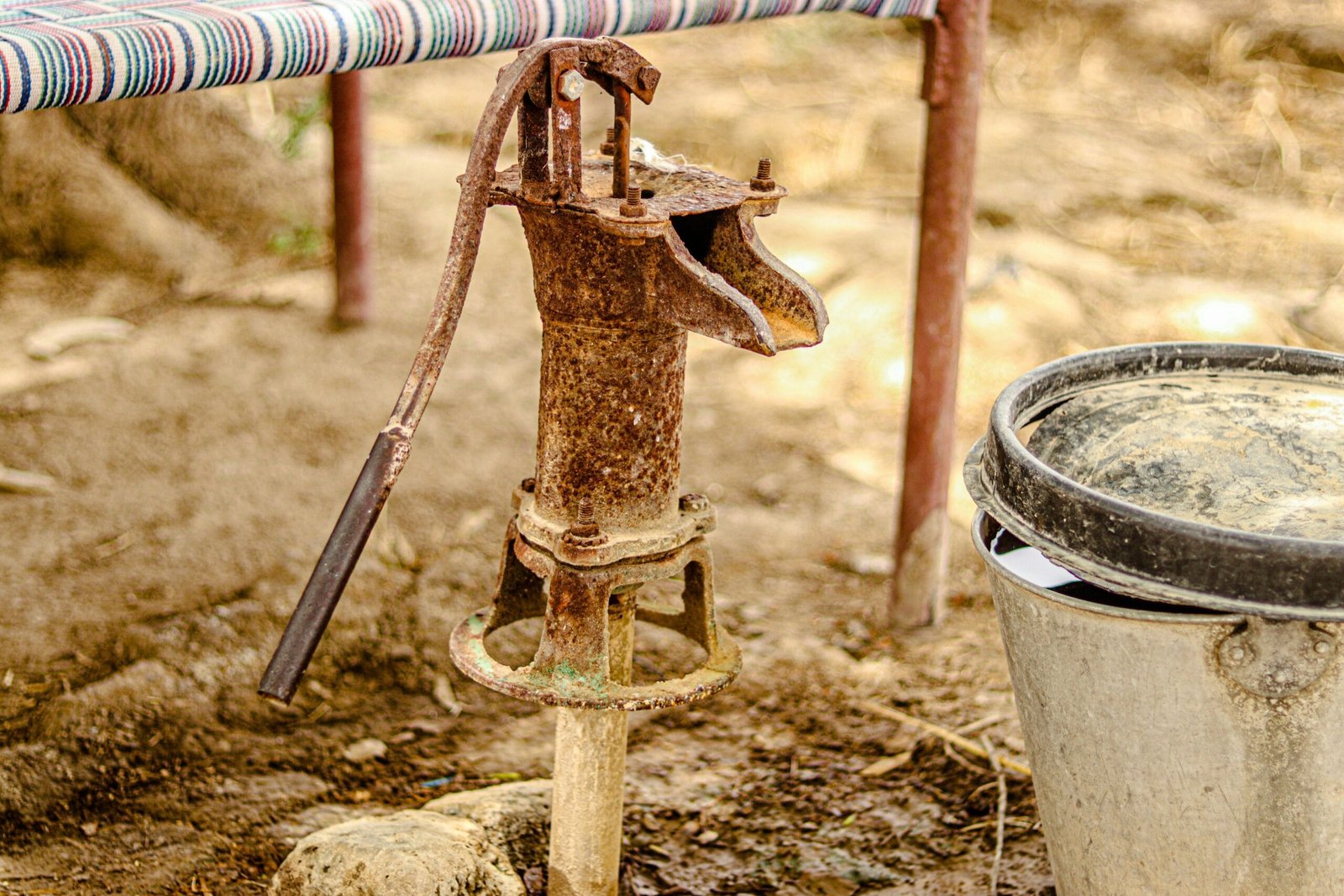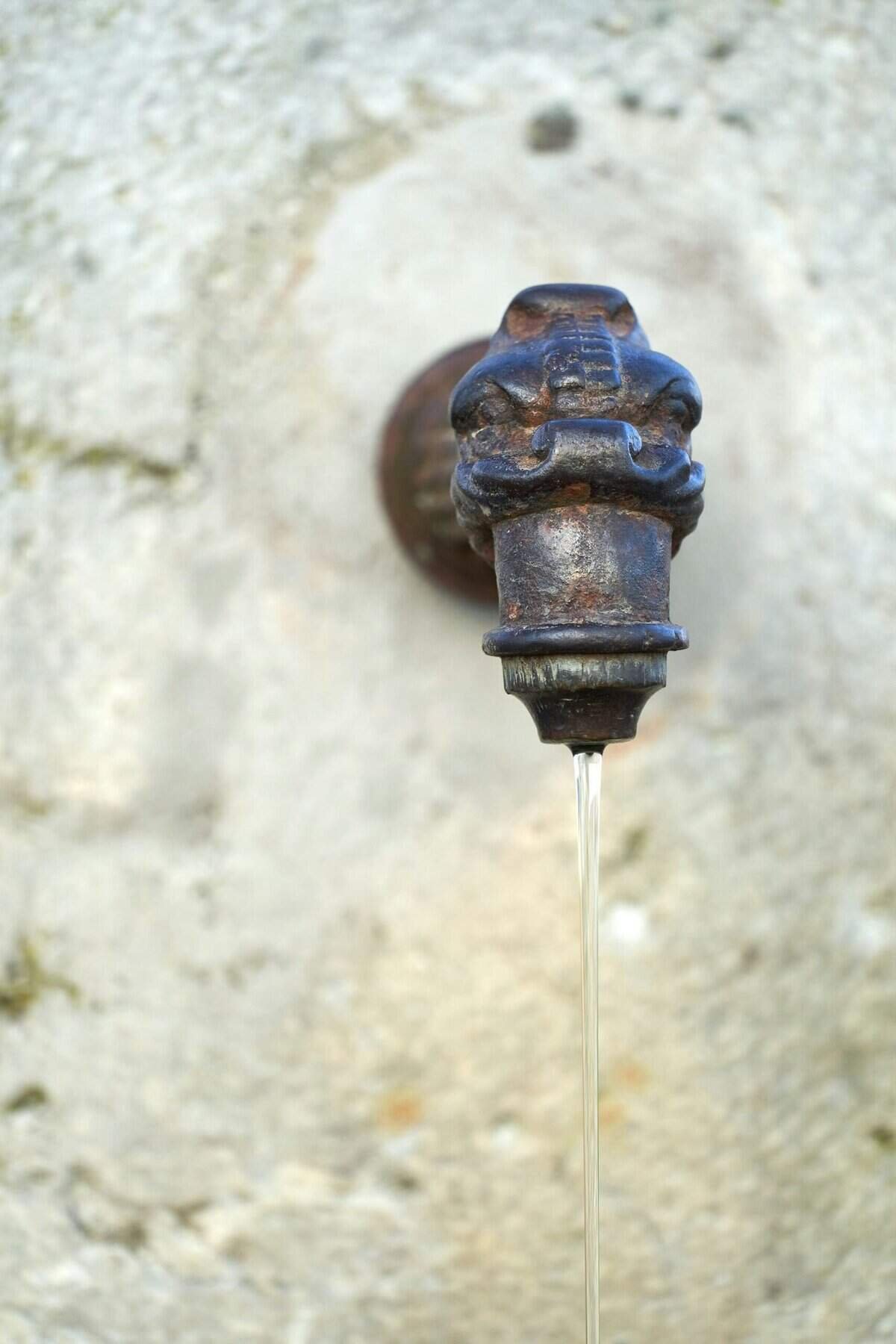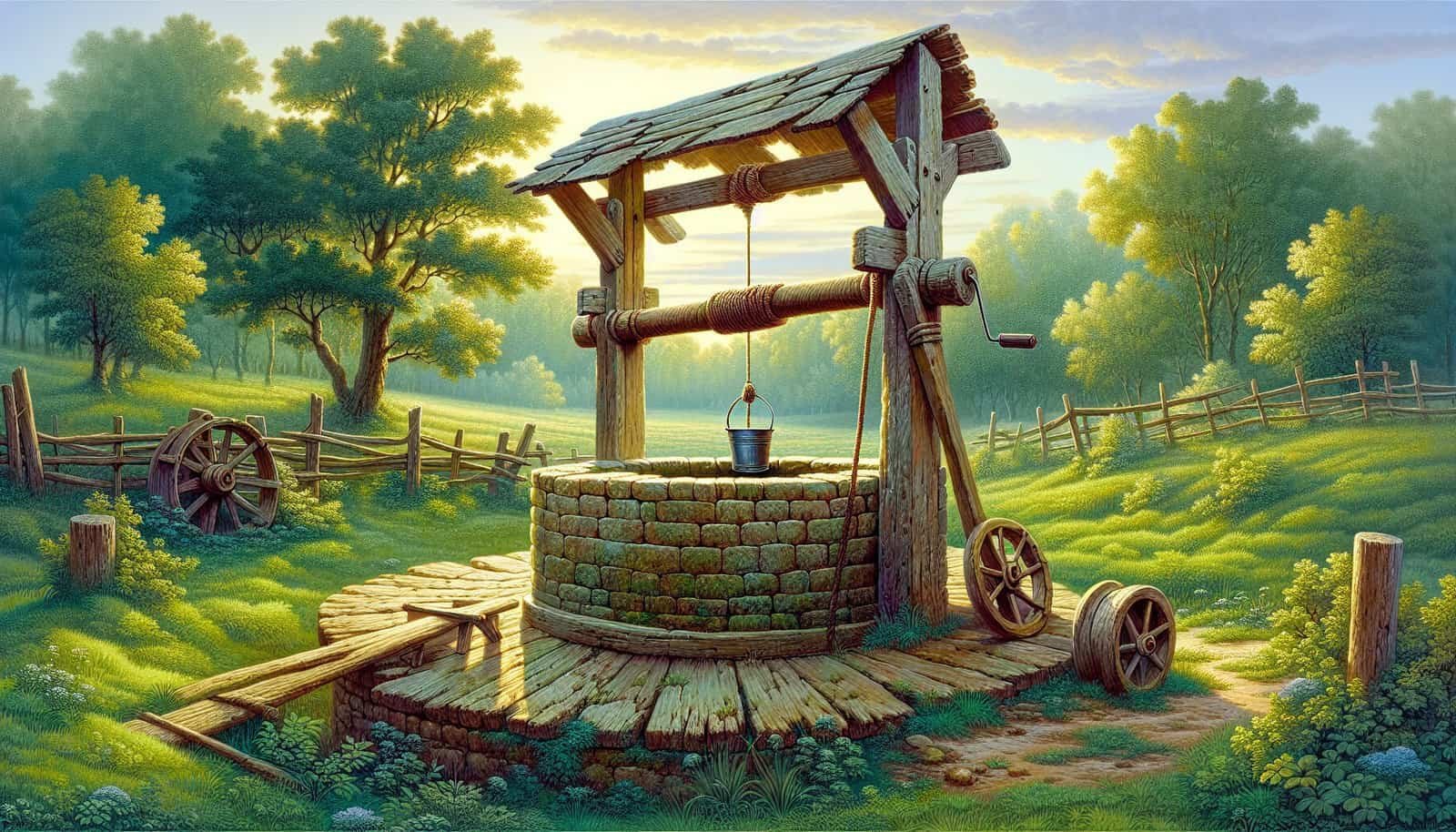Have you ever wondered what it takes to keep your water well in tip-top shape? Caring for a water well involves more than just periodic checks. It requires a comprehensive maintenance routine to ensure it runs efficiently and provides clean, safe water to your home or property. It’s not just about prevention but also about extending the life of your well system and safeguarding your water quality.
Understanding Why Well Maintenance is Crucial
Water wells are an essential resource for many households, providing a reliable water supply independent of municipal systems. Regular maintenance ensures that your well not only functions correctly but also prevents contamination that could jeopardize your health. Skipping this essential upkeep can lead to costly repairs or replacement and potentially compromise the quality of your water. With this in mind, creating a checklist can help you stay on top of necessary tasks.

Developing a Water Well Maintenance Checklist
Creating an effective water well maintenance checklist involves understanding the crucial components of your well system. Your checklist should include inspections, testing, and preventive measures designed to catch issues early. Let’s break down the essential elements that should be on your checklist.
1. Regular Inspection of Well Components
Routine inspections can help identify potential problems before they become significant issues. Your checklist should include:
Well Cap and Cover: Ensure the cap is in good condition and securely in place, preventing contaminants from entering the well.
Casing: Check for cracks or corrosion in the casing above ground. Any damage here can be an entry point for pollutants.
Pressure Tank: Evaluate the condition of the pressure tank for signs of rust or leaks.
Plumbing Connections: Inspect all visible plumbing connections for tightness and signs of wear.
| Component | What to Check |
|---|---|
| Well Cap and Cover | Secure and free from cracks |
| Casing | Absence of corrosion or fractures |
| Pressure Tank | No rust, dents, or leaks |
| Plumbing | Connections tight, no signs of leakage |
2. Water Quality Testing
Regular water quality testing is crucial for ensuring your water remains safe to drink. Aim to test annually or more frequently if you suspect changes. Here are some specifics to include in your checklist:
Bacteria Tests: Check for coliform bacteria and E. coli, as their presence indicates contamination.
Nitrate and Nitrite Levels: Especially important for households with infants, as high levels can affect oxygen transport in blood.
pH Levels: Ensure the water is not too acidic or alkaline, which can affect plumbing and water taste.
Other Contaminants: Depending on your location, test for minerals, metals, or contaminants like arsenic and radon.
| Test Type | Importance | Frequency |
|---|---|---|
| Bacteria | Identifies contamination | Annually |
| Nitrate/Nitrite Levels | Critical for infant health | Annually |
| pH Levels | Affects plumbing and taste | Annually |
| Other Contaminants | Location-specific contaminant detection | As advised |
3. Assessing Water Flow and Pressure
Monitoring well flow and pressure can alert you to potential mechanical issues. Your checklist should incorporate:
Flow Rate: Measure during high-demand activities to ensure your well can keep up with household needs.
Water Pressure: Consistent pressure indicates a healthy system. Fluctuations might signify a problem.
Pump Start and Stop Operations: Listen for irregular sounds or overly frequent cycling, which can indicate a malfunction.
| Element | What to Monitor |
|---|---|
| Flow Rate | Can the well meet peak demand without depleting water? |
| Water Pressure | Consistent and within normal range |
| Pump Start/Stop Cycle | No irregular sounds, normal cycling pattern |
4. Maintaining the Well Pump
The well pump is the heart of your well system. Regular check-ups ensure its longevity and efficiency. Here’s what to include:
Pump Performance: Have a professional evaluate the pump annually, checking motor function and electrical components.
Vibration and Noise: Excessive vibration or noise can indicate wear and tear or an alignment issue.
Lubrication: Ensure that bearings and other moving parts are appropriately lubricated according to the manufacturer’s recommendations.
5. Scheduling Professional Inspections
While much can be done on your own, an annual professional inspection can uncover issues you might miss, such as:
Comprehensive System Check: A professional can thoroughly assess the entire system, from the pump to the pressure tank and electrical components.
Efficiency Analysis: Experts can measure the efficiency of your pump and recommend upgrades or adjustments.
6. Record Keeping and Documentation
Maintaining records of all inspections, tests, and repairs is pivotal. This documentation serves as a history of your well’s performance and maintenance schedule. Include:
Dates and Details of Inspections and Repairs: Keep a log of when and what was inspected or repaired.
Water Quality Test Results: Have a record of past tests for comparison.
System Upgrades or Changes: Note any changes made to the system over time.

Practical Tips for Well Maintenance
Adhering to a well-thought-out maintenance checklist can save you time and money over the long haul. Here are some practical tips to supplement your checklist:
Encourage Regular Family Check-ins
Get your family involved by explaining the importance of well maintenance. Encourage them to inform you about any changes in water taste, smell, or clarity.
Stay Informed About Local Water Issues
Being informed about regional water quality issues or changes in regulations can help you react quickly to potential threats to your well.
Invest in Quality Replacement Parts
When parts need replacement, investing in high-quality components can extend the life of your system and improve overall performance.
Be Proactive About Landscaping
Ensure that your well area is free from contaminants. Avoid pesticide use nearby, and ensure proper drainage to prevent surface water from pooling around the wellhead.

Conclusion
Maintaining a water well is an ongoing responsibility that requires attention to various aspects of the system. By implementing a comprehensive checklist, you ensure that your well continues to provide a reliable and safe water supply. It’s about being proactive, staying informed, and ensuring that both you and your family understand the importance of regular maintenance. Remember, a well-maintained water well isn’t just a convenience; it’s integral to the health and safety of your household.


